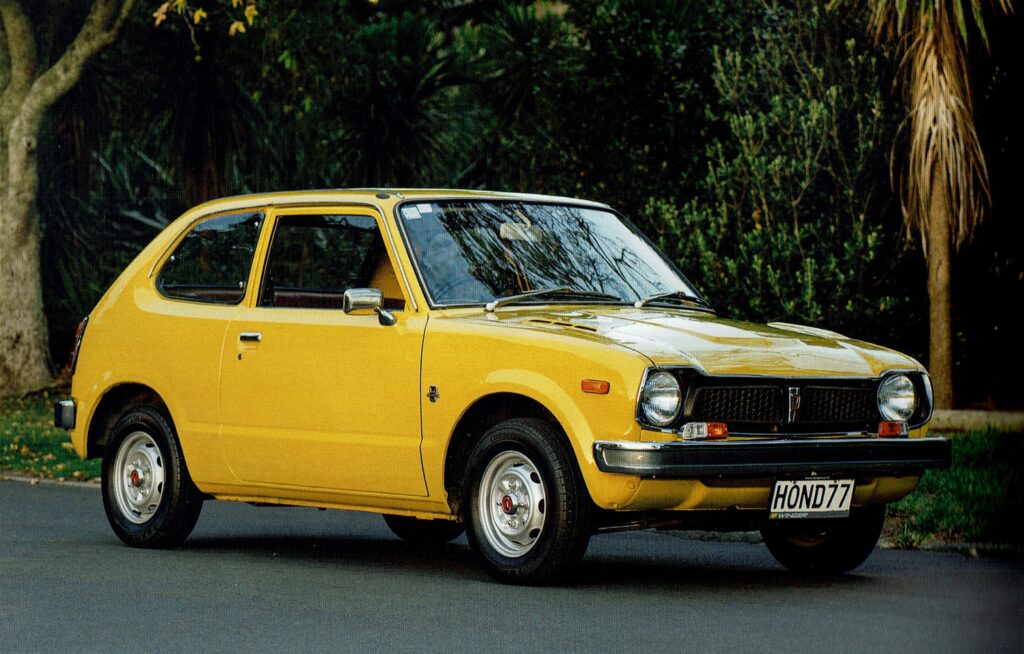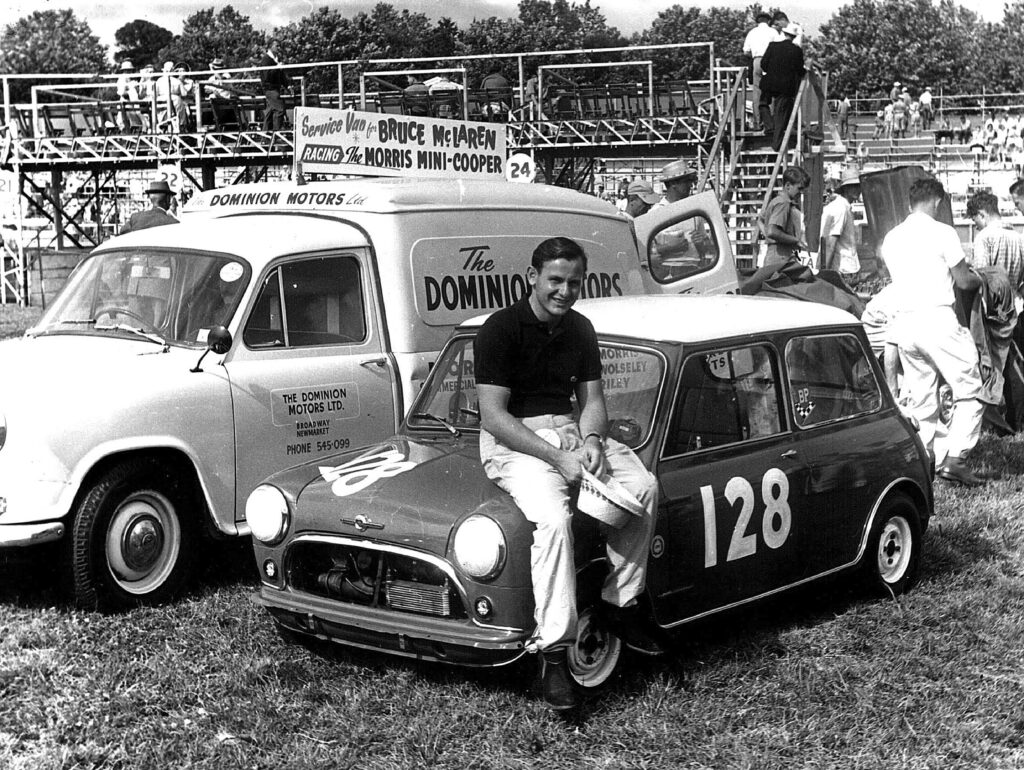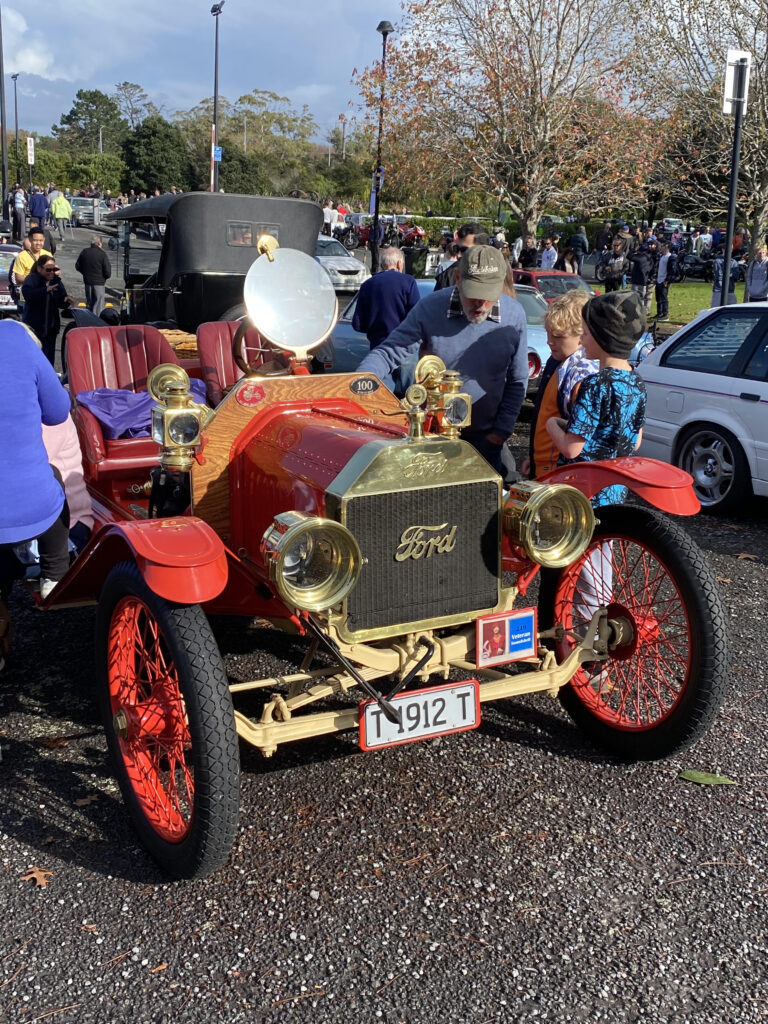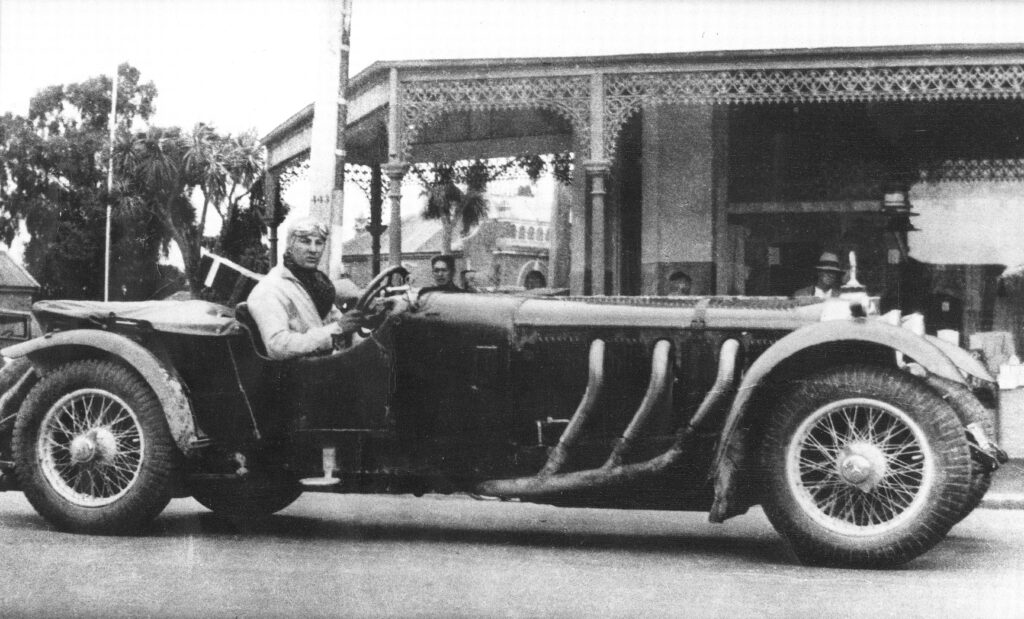
Honda’s game-changing EB1 Civic
Japanese cars, and Hondas in particular, were about to flourish in New Zealand. This was the crux of the conversation I was having with Russell Moller, sitting in his Greenlane, Auckland, motor dealership early in 1973. Russell was particularly excited about the new Civic EB1 small car that had been unveiled in Japan the previous year.
I was about to leave on an extended stay in Britain. When I returned more than two years later, it was apparent Russell had called it right. Norton and Russell Moller had gained the licence to import fully built up Hondas, and formed Honda Pacific. A few highly prized Civics arrived before the New Zealand Motor Corporation (NZMC) assumed the franchise from the Moller Group. The corporation’s plans included building the EB1 at NZMC’s plant at Petone, near Wellington, and the first CKD (completely knocked down) Civic, a bright yellow example, rolled off the local assembly line in March 1976.




